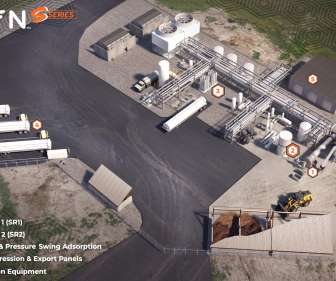Raven SR waste-to-hydrogen plant in California to be powered by INNIO Jenbacher’s Ready-for-H2 engines
Green Car Congress
AUGUST 12, 2022
At the site, landfill gas (LFG) will be the primary fuel to provide power for the non-combustion process that converts waste to hydrogen. The hydrogen product will be resold to power fuel cells in heavy-duty trucks. The type 4 engines are already available today to run on 100% hydrogen. Jennbacher Type 4 Ready for H2.












Let's personalize your content